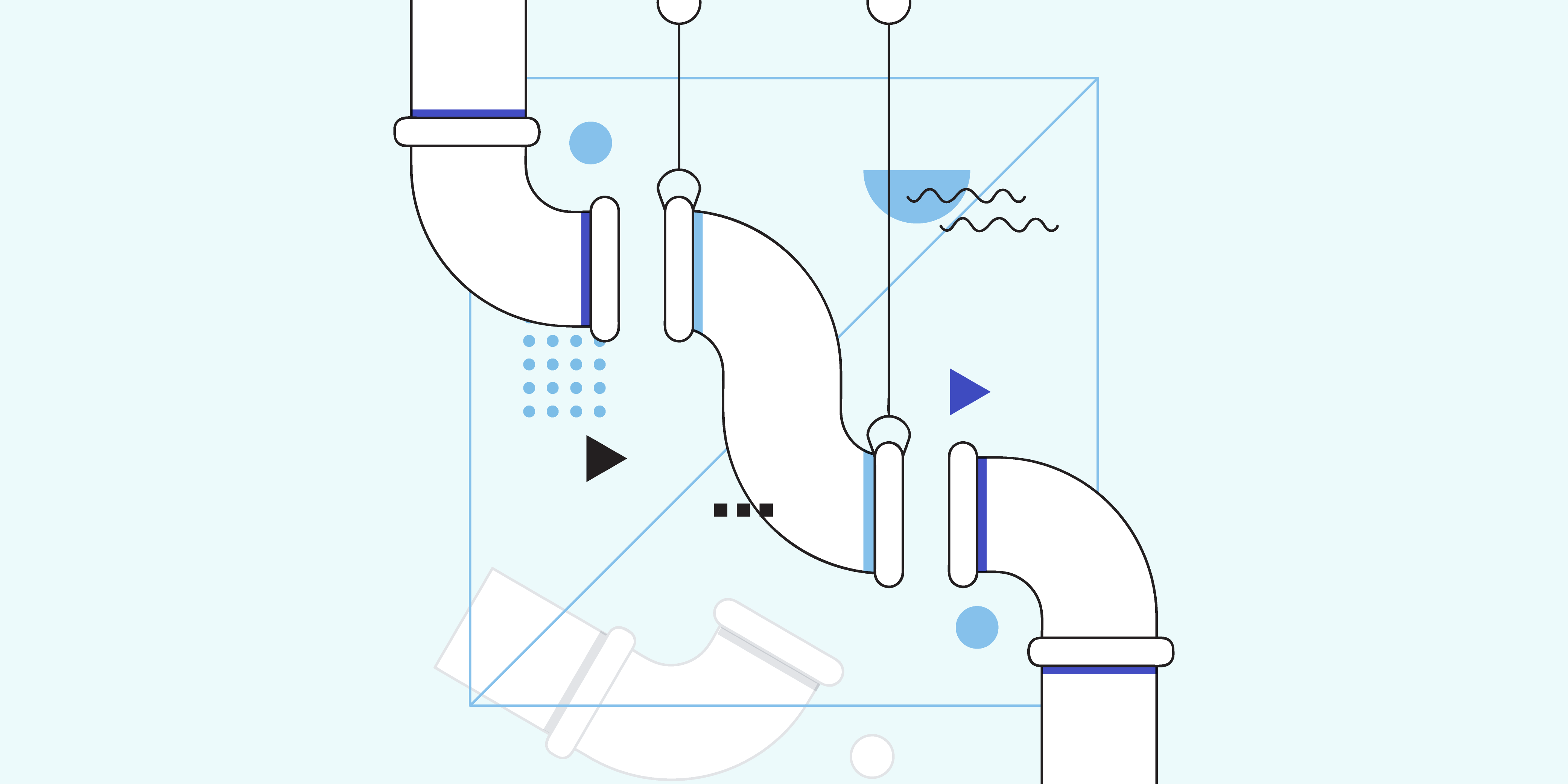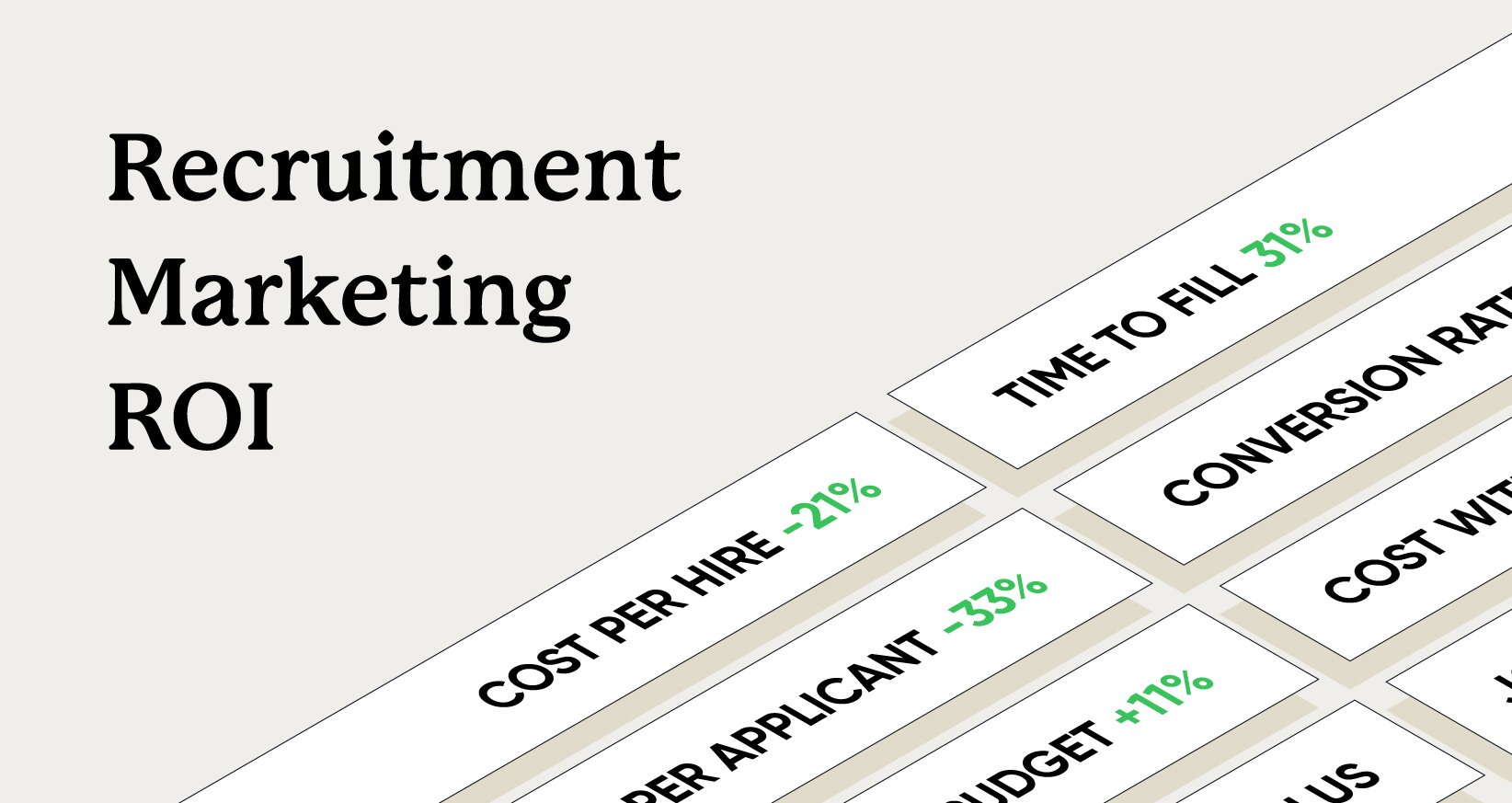Whether you’re a well-established business or a burgeoning startup, your talent pipeline is one of your most valuable assets. If you have an existing flow of interested, qualified applicants into your hiring process at all times you can be virtually assured of quicker time to fill, quicker time to hire, and, as a result, lower cost per hire than you would if you had to start your talent search from scratch every time there was a vacancy. Of course, a talent pipeline can be somewhat of a nebulous concept: you might think that yours is fairly robust, but when it comes time to source some candidates you find that it’s still difficult to get the right person.
The trick is making sure that your talent pipeline exists in a concrete, rather than a theoretical sense. This is partially a matter of utilizing your ATS in a smart, consistent way, but it’s also a matter of more closely integrating your recruitment marketing and your actual hiring. After all, your candidate personas don’t exist in a state of perpetual stasis. On the contrary, they need to be nurtured with a consistent stream of content that takes them from one stage of the candidate’s journey to the next—all leading to an eventual conversion and, with luck, an accepted job offer.
Mastering the First Touch
So, how do you put yourself in a position to take candidates from attraction to consideration to decision without too many people dropping out along the way? To begin with, you need to master the first touch. What does this mean? First touch employer branding content assumes that your target audience has little to no familiarity with your brand—you want to begin positioning yourself as an employment destination with these people, but you’re essentially starting from scratch. This means that, while it’s important to reach as many applicants in your target demographic as possible, it’s unlikely that many of them will immediately submit applications based on the first ad that they see. Most of these folks are already employed elsewhere, and you’re going to need to give them a compelling reason to switch positions. You should expect this process to take time.
So, does this mean that for your attraction-stage recruitment ads you should just put them out there and hope for the best? Not quite. While you might not want to try and direct people straight from this content to a job-specific application page, or even to your careers page, that doesn’t mean that you’re stuck in conversion limbo. Try equipping these ads with CTAs that encourage users to sign up for a recruitment-centric email newsletter, or even just to like or follow a particular social media page. In this way, you make sure that those who aren’t yet ready to apply have a way to formally enter your funnel. If they’re receiving emails from you, that means that you have their information, and you’re positioned to stay top of mind.
The Power of Candidate Experience
Now, let’s talk about these recruitment-centric emails. Actually, let’s talk about all of the communications that candidates will receive from you once they’ve entered your applicant funnel. They’re your first chance at demonstrating to potential applicants that you value their time and interest, i.e. they’re your first chance to provide an A-plus candidate experience. To begin with, make sure that you’re providing them with content that offers value for them. This can take the form of useful information about your company and your recruitment process, or even info about the industry at large. You want to avoid seeming spammy or pushy at all costs, so your communication should be regular but not too frequent.
Once these candidates have been in your funnel for a while, they might be more receptive to job-specific content. At this point, you have to opportunity to move them deeper into your funnel. Here, applicant experience becomes even more important. If your job-specific email or remarketing campaign sends users to a complex, overwrought careers page where it takes forever to find the relevant job, and from there to a long, drawn-out application that can’t be saved, can’t be accessed on mobile, and basically just asks applicants to rehash the information that’s already on their resume, your funnel is going to spring a pretty serious leak. Why? Because studies have shown that poor applicant experience of this sort can dramatically increase the rate at which people drop out of your application process. By offering a streamlined, mobile-friendly, short application for your ideal candidates, you can provide the kind of candidate experience that keeps people coming back.
Welcome Back
Wait a second. Did we just say “keeps people coming back?” Yes, we did. One of the benefits of providing a truly great experience within and throughout your pipeline is that even candidates who have been rejected for a position at your company will stay engaged—potentially finding an open position with your business in the future or referring more candidates your way. This isn’t easy, but with an otherwise optimized talent pipeline it can be done.
For starters, you’ll need to provide open and transparent communication with everyone who applies, letting them know probable timelines for review and interviews. Then, throughout the interview process you’ll need to keep offering meaningful communication—remember, at this point the applicant is still, in some sense, a lead. After the interview, and even after the final decision, this same logic applies. This might sound like a lot of work, but it doesn’t have to be. If your ATS and your recruitment marketing efforts are already well-aligned, you should have a high enough degree of visibility to keep tabs on everyone who’s currently in your funnel and to send appropriate content their way.
At the end of the day, this is the real key to optimizing your talent pipeline: establishing a set of discrete steps at which you take the opportunity to delight your ideal applicants. Starting with a targeted audience, you take applicants down the stepwise path from awareness, to consideration, to decision, giving them exactly what they need in terms of content and communication at each step.








